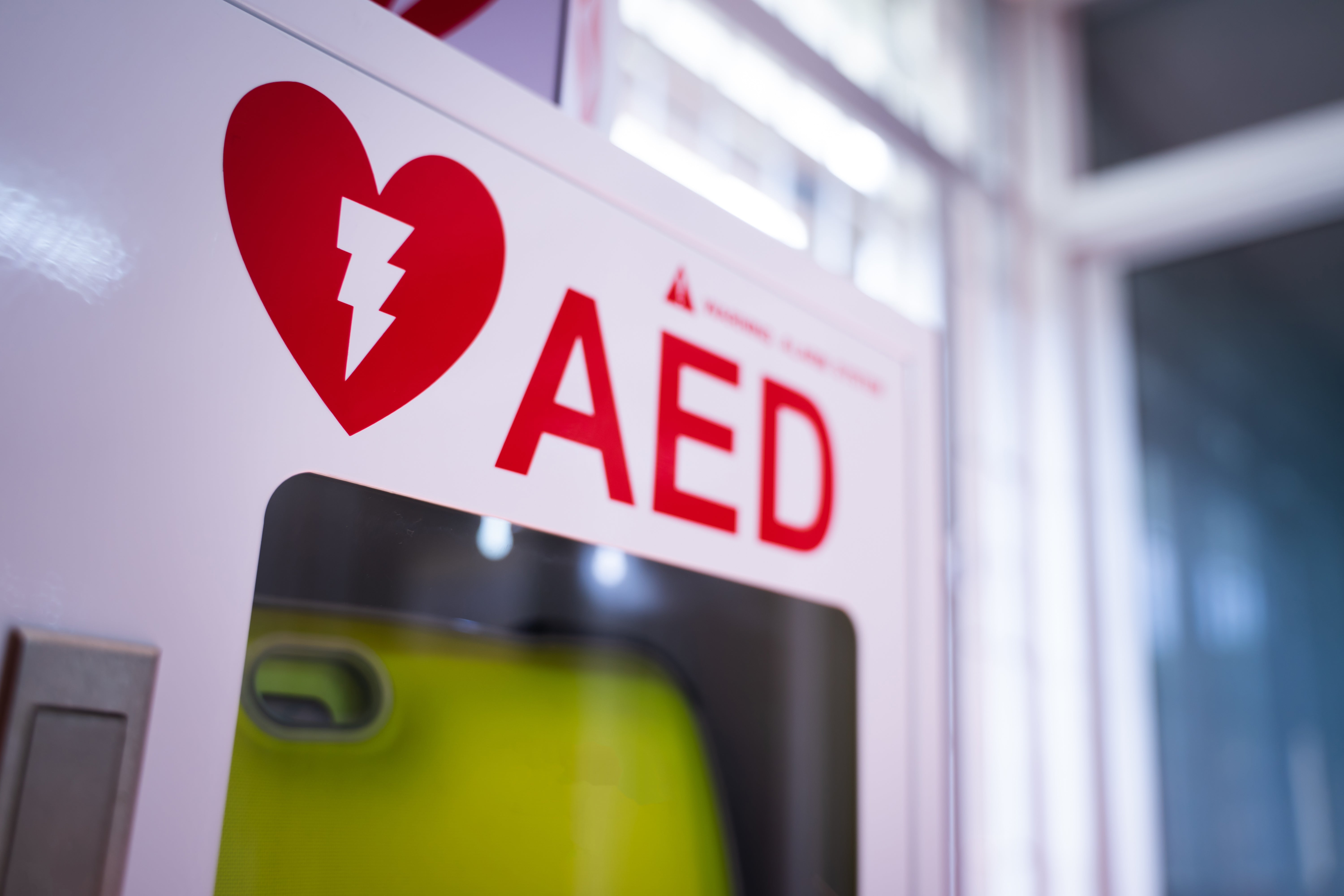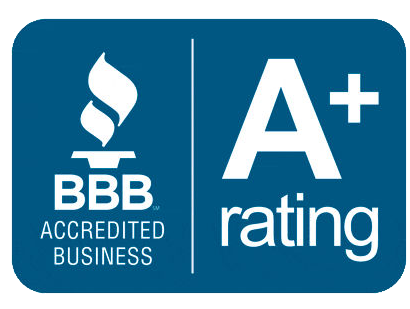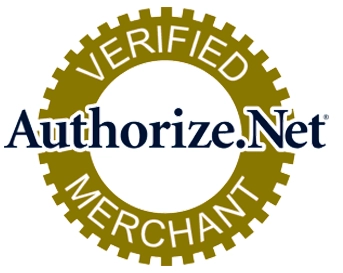1. Make AED Locations Visible and Accessible
Install AEDs in central, high-traffic areas like gyms, cafeterias, and entrances. Use clear signs so anyone can quickly locate one when needed.
2. Include AED Training in Staff Development
Incorporate CPR and AED training into staff onboarding and annual training days. Confidence grows when staff practice real-life scenarios.
3. Teach Students About AEDs
Introduce basic AED awareness in health or safety classes. High schoolers can especially benefit from CPR and AED training.
4. Practice Emergency Response Drills
Just like fire drills, AED drills help build muscle memory. Include steps like calling 911, grabbing the AED, and starting CPR.















